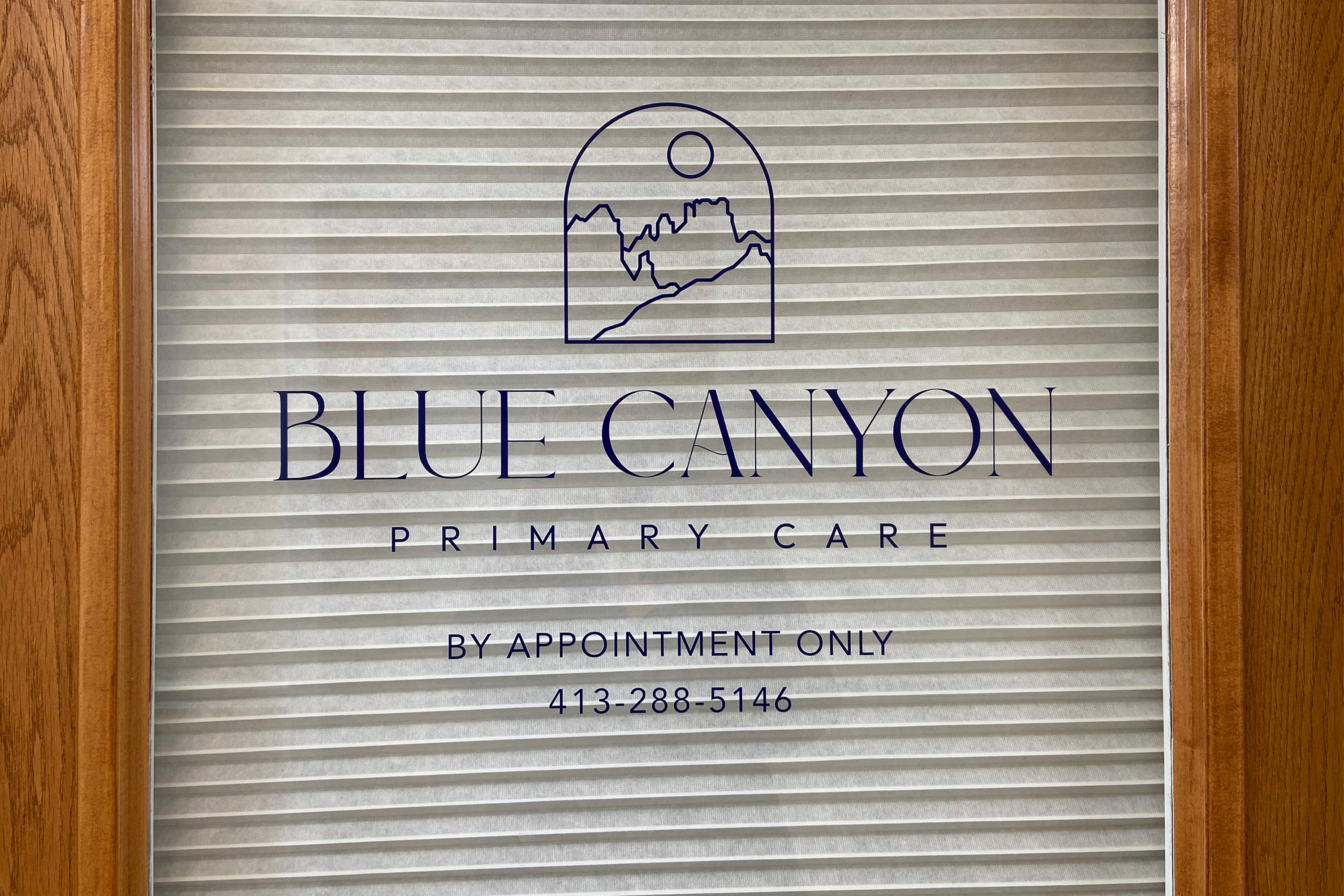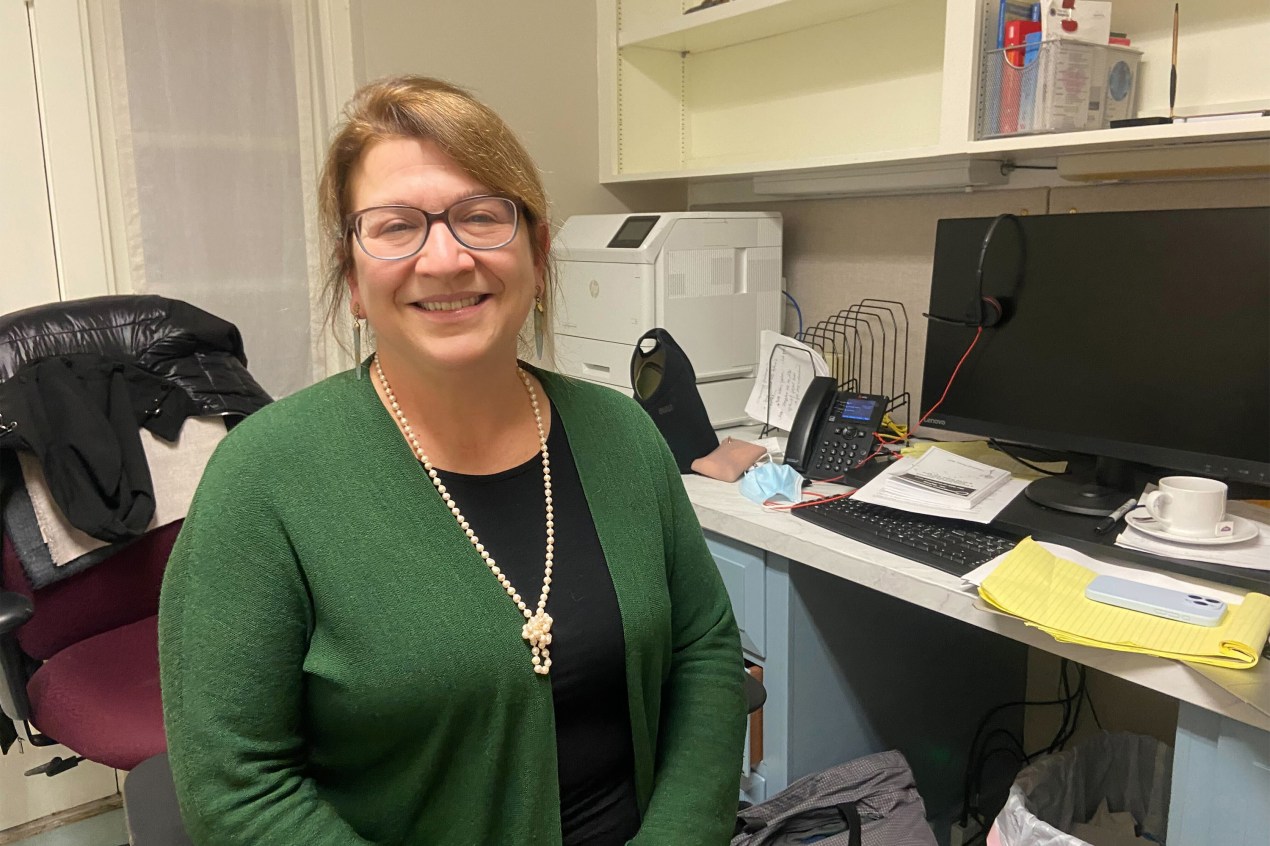Michele Andrews had been seeing her internist in Northampton, Massachusetts, a small city two hours west of Boston, for about 10 years. She was happy with the care, though she started to notice it was becoming harder to get an appointment.
“You’d call and you’re talking about weeks to a month,” Andrews said.
That’s not surprising, as many workplace surveys show the supply of primary care doctors has fallen well below the demand, especially in rural areas such as western Massachusetts. But Andrews still wasn’t prepared for the letter that arrived last summer from her doctor, Christine Baker, at Pioneer Valley Internal Medicine.
“We are writing to inform you of an exciting change we will be making in our Internal Medicine Practice,” the letter read. “As of September 1st, 2024, we will be switching to Concierge Membership Practice.”
Concierge medicine is a business model in which a doctor charges patients a monthly or annual membership fee — even as the patients continue paying insurance premiums, copays, and deductibles. In exchange for the membership fee, doctors limit their number of patients.
Many physicians who’ve made the change said it resolved some of the pressures they faced in primary care, such as having too many patients to see in too short a time.
Andrews was floored when she got the letter. “The second paragraph tells me the yearly fee for joining will be $1,000 per year for existing patients. It’ll be $1,500 for new patients,” she said.
Although numbers are not tracked in any one place, the trade magazine Concierge Medicine Today estimates there are 7,000 to 22,000 concierge physicians in the U.S. Membership fees range from $1,000 to as high as $50,000 a year.
Critics say concierge medicine helps only patients who have extra money to spend on health care, while shrinking the supply of more traditional primary care practices in a community. It can particularly affect rural communities already experiencing a shortage of primary care options.
Andrews and her husband had three months to either join and pay the fee or leave the practice. They left.
“I’m insulted and I’m offended,” Andrews said. “I would never, never expect to have to pay more out of my pocket to get the kind of care that I should be getting with my insurance premiums.”
Baker, Andrews’ former physician, said fewer than half her patients opted to stay — shrinking her patient load from 1,700 to around 800, which she considers much more manageable. Baker said she had been feeling so stressed that she considered retiring.
“I knew some people would be very unhappy. I knew some would like it,” she said. “And a lot of people who didn’t sign up said, ‘I get why you’re doing it.’”
Patty Healey, another patient at Baker’s practice, said she didn’t consider leaving.
“I knew I had to pay,” Healey said. As a retired nurse, Healey knew about the shortages in primary care, and she was convinced that if she left, she’d have a very difficult time finding a new doctor. Healey was open to the idea that she might like the concierge model.
“It might be to my benefit, because maybe I’ll get earlier appointments and maybe I’ll be able to spend a longer period of time talking about my concerns,” she said.
This is the conundrum of concierge medicine, according to Michael Dill, director of workforce studies at the Association of American Medical Colleges. The quality of care may go up for those who can and do pay the fees, Dill said. “But that means fewer people have access,” he said. “So each time any physician makes that switch, it exacerbates the shortage.”
His association estimates the U.S. will face a shortage of 20,200 to 40,400 primary care doctors within the next decade.
A state analysis found that the percentage of residents in western Massachusetts who said they had a primary care provider was lower than in several other regions of the state.
Dill said the impact of concierge care is worse in rural areas, which often already experience physician shortages. “If even one or two make that switch, you’re going to feel it,” Dill said.
Rebecca Starr, an internist who specializes in geriatric care, recently started a concierge practice in Northampton.
For many years, she consulted for a medical group whose patients got only 15 minutes with a primary care doctor, “and that was hardly enough time to review medications, much less manage chronic conditions,” she said.
When Starr opened her own medical practice, she wanted to offer longer appointments — but still bring in enough revenue to make the business work.
“I did feel a little torn,” Starr said. While it was her dream to offer high-quality care in a small practice, she said, “I have to do it in a way that I have to charge people, in addition to what insurance is paying for.”
Starr said her fee is $3,600 a year, and her patient load will be capped at 200, much lower than the 1,000 or even 2,000 patients that some doctors have. But she still hasn’t hit her limit.
“Certainly there’s some people that would love to join and can’t join because they have limited income,” Starr said.

Many doctors making the switch to concierge medicine say the membership model is the only way to have the kind of personal relationships with patients that attracted them to the profession in the first place.
“It’s a way to practice self-preservation in this field that is punishing patients and doctors alike,” said internal medicine physician Shayne Taylor, who recently opened a practice offering “direct primary care” in Northampton. The direct primary care model is similar to concierge care in that it involves charging a recurring fee to patients, but direct care bypasses insurance companies altogether.
Taylor’s patients, capped at 300, pay her $225 a month for basic primary care visits — and they must have health insurance to cover care such as X-rays and medications, which her practice does not provide. But Taylor doesn’t accept insurance for any of her services, which saves her administrative costs.
“We get a lot of pushback because people are saying, ‘Oh, this is elitist, and this is only going to be accessible to people that have money,’” Taylor said.
But she said the traditional primary care model doesn’t work. “We cannot spend so much time seeing so many patients and documenting in such a way to get an extra $17 from the insurance company.”
While much of the pushback on the membership model comes from patients and policy experts, some of the resistance comes from physicians.
Paul Carlan, a primary care doctor who runs Valley Medical Group in western Massachusetts, said his practice is more stretched than ever. One reason is that the group’s clinics are absorbing some of the patients who have lost their doctor to concierge medicine.
“We all contribute through our tax dollars, which fund these training programs,” Carlan said.
“And so, to some degree, the folks who practice health care in our country are a public good,” Carlan said. “We should be worried when folks are making decisions about how to practice in ways that reduce their capacity to deliver that good back to the public.”
But Taylor, who has the direct primary care practice, said it’s not fair to demand that individual doctors take on the task of fixing a dysfunctional health care system.
“It’s either we do something like this,” Taylor said, “or we quit.”
This article is from a partnership that includes New England Public Media, NPR, and KFF Health News.







